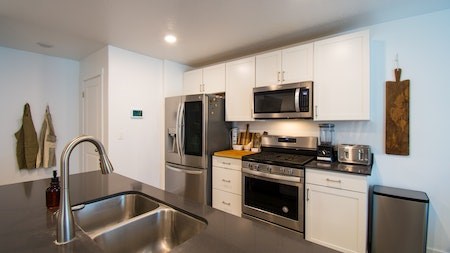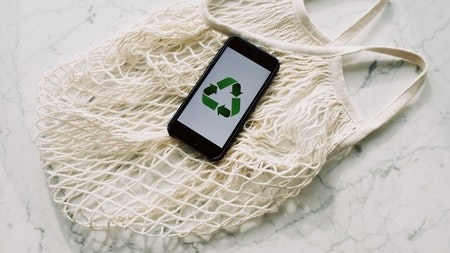For the past three months, Eskom has instituted almost continuous daily load-shedding because of a shortage of power grid capacity.
Load shedding is a measure of last resort to prevent the total collapse of the electricity system. When there is insufficient power station capacity to supply the demand from all the customers, the system becomes unbalanced. This can cause it to trip country-wide, resulting in a complete blackout.
Switching off sections of the electricity network in a planned and controlled manner, ensures the system remains stable, spreading the impact over a wider customer base.
Energy experts agree that Eskom’s load shedding and financial problems are set to continue, so South Africans need to prepare for dark days ahead.
One of the ways of doing this is to know which appliances in your home use the most electricity and to minimise use of the power guzzlers whenever possible.
Usage
Electricity usage is measured in kilowatt-hours (kWh). If energy is transmitted or used at a constant rate over a period of time, the total energy in kilowatt-hours is equal to the power in kilowatts multiplied by the time in hours.
Simply put, one kWh is the amount of energy consumed if a 1 000 watt appliance runs for one hour. A 100-watt light bulb would take 10 hours to use 1 kWh of energy, and a 2 000 watt appliance would use 1 kWh in just 30 minutes.
Appliances
Tumble dryers head the list of appliances that use the most electricity, followed by ‘wet’ appliances like dishwashers and washing machines. This is because they consume a lot of electricity to heat the water they use. These appliances are responsible for approximately 16% of energy consumption in the average home.
Following wet appliances, cold appliances are the next most significant drain on household energy, responsible for around 12% of total energy bill costs. These include refrigerators and freezers, which always draw power to maintain a constant temperature.
Consumer electronics like TVs and game consoles can make up about 6% of an average home’s total energy bill.
Smaller appliances like irons and hairdryers typically have a higher wattage than household appliances. However, they are used for a much shorter period, so they are usually only responsible for a small amount of energy consumption.
Lighting
Lighting is estimated to comprise around 5% of a home's energy bill, but lighting costs vary enormously. It depends on the type of lights installed in your home and how often they are turned on. For example, a family of four might have lights on in all the bedrooms and bathrooms for several hours every night, whereas a single couple might have just the lounge lights on until bedtime.
A non-energy efficient 100 W bulb consumes 0.1kWh, whereas a more energy efficient 4W LED bulb uses only 0.004kWh.
Energy-saving
The best way to cut energy bills is by choosing energy-efficient appliances and using the less energy-intensive eco mode on appliances that have them, such as dishwashers and washing machines.
- Switch to LED light bulbs, which consume a fraction of the electricity used by traditional bulbs.
- Smart heating devices can reduce energy bills, although the initial costs are high. Smart TRVs (thermostatic radiator valves) and smart thermostats allow you to connect your air-conditioning system to the internet. You can adjust the temperature room by room according to use.
- An inexpensive energy-saving option is to install smart plugs. These plugs enable you to turn off appliances not being used from your smartphone or another device or to set schedules for turning them on and off. The most sophisticated smart plugs can also monitor how much energy a device is using.
- Cooking appliances may also be unnecessarily costing you cash. For example, microwaves are more efficient than ovens as they only heat the food and not the air inside. Air fryers and slow cookers also use less energy than hobs and ovens and are increasingly popular.
- Not overfilling the kettle could save you some money. The more water in a kettle, the longer it takes to boil, using more energy.
- Washing clothes and dishes at a lower temperature can help reduce energy consumption, and only washing full loads will save water. Always use the eco setting, and don’t turn on dishwashers or washing machines unless they are full.
- If you’re shopping for a new TV, look for the most energy-efficient model you can afford, or choose a smaller screen size which will use less energy than a larger model.
These tips will help you optimise your energy usage and enable you to contribute to slowing down climate change - and save cash on your energy bills.
Writer : Sarah-Jane Meyer




